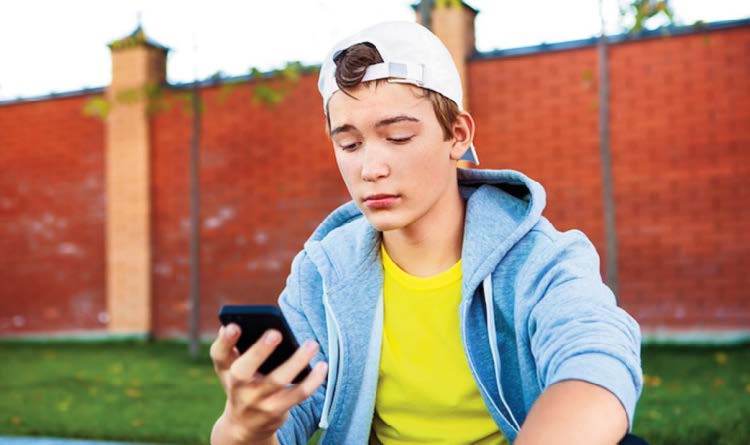“When you have to grasp something, your brain doesn’t program the movement of each finger. Your brain has patterns, called synergies, that coordinate all the joints (in the hand).” The Pisa/IIT SoftHand uses a control synergy just like people do in everyday life, Catalano said. “At the same time, thanks to the intrinsic capability of the SoftHand to adapt and deform with the environment, it is robust and able to grasp objects in many different ways.” Battaglia said neurological studies have identified a set of synergies for the hand. People use these alone or in combination to perform tasks as simple as turning a doorknob and as complex as playing the piano. Grasping an object, like a cup or a coat hanger, is one of the simplest.
“Experiments show that one synergy explains more than 50 percent of all grasps,” he said. “SoftHand is designed to mimic this. It’s very simple. There is just one motor and one control wire to open and close all the fingers at once.” In tests, subjects used the SoftHand to grasp objects of varying shapes and sizes, ranging from grapefruit-sized balls to coins (quarters). To close the hand, subjects simply flexed a muscle in their forearm. For the size-discrimination test, subjects were blindfolded and asked to grasp two different objects. They were then asked which of the two was larger. Without haptic feedback, the blindfolded subjects had to base their guesses on intuition. They chose correctly only about 33 percent of the time, which is what one would expect from a random choice. When they performed the same tests with feedback from the Rice Haptic Rocker, the subjects correctly distinguished the larger from smaller objects more than 70 percent of the time.
“One of the things that makes the research we do in the MAHI lab unique is that we involve end-users from the very beginning, from the design and concept stage all the way to testing and evaluation of our systems,” O’Malley said. “Through our close collaborations in the Texas Medical Center, we are able to have those interactions with the end users – with patients, physical therapists and doctors – all of the way through our design and evaluation process.”
WEBSITE PROVIDES MENTAL & BEHAVIORAL HEALTH RESOURCES FOR TEENS

When teens have troubling thoughts or are prompted by a peer’s concerning behavior or news story to educate themselves on mental health, they often turn to internet search engine links – many hosted by unreliable sources.
To help combat misinformation, the Traumatic Loss Coalitions for Youth (TLC), New Jersey’s primary youth suicide prevention program at Rutgers’ University Behavioral Health Care, has launched TLC4Teens ( tlc4teens.org), a resource website for children, which includes organizations, hotlines and relevant articles that have been vetted by TLC. Funded by the New Jersey Department of Children and Families, TLC4Teens links to state and national resources for issues such as grief, suicide prevention, mental health, depression, substance abuse, dating, bullying, anxiety, self-care, underage drinking, sexuality and gender identity.
A parent section includes resources on how to understand and handle a child’s grief or emotional or behavioral crises.
“Children are being exposed to vicarious traumas on the internet, shattering their assumptions that the world i s a safe place to be.”
“The site was designed to give children easy access to the information they seek online with minimal clicks,” says Maureen Brogan, TLC statewide coordinator. “It also features a video by Olympic Gold medalist Laurie Hernandez, who reminds her fellow teens that seeking help is not a weakness and that they should use the site as a ‘resource to connect to in difficult times.’”
Brogan encourages children as young as elementary school who are using mobile devices to bookmark the site. “Children are being exposed to vicarious traumas on the internet through their smartphones or iPads. They can’t escape this and it shatters their assumptions that the world is a safe place to be – which causes stress,” she explains.
Brogan is seeing stressors, such as concerns over grades, that usually don’t manifest until high school occur at younger ages. While these children might not have anxiety and depression at a clinical level, the stress can become disruptive to their everyday lives, she says.
“Through education, we can empower students to watch for concerning signs among their peers or siblings and know what to do if a situation arises,” Brogan says. “We want to encourage resiliency so they can get the help they need and say ‘OK, I’ve got this.’”•